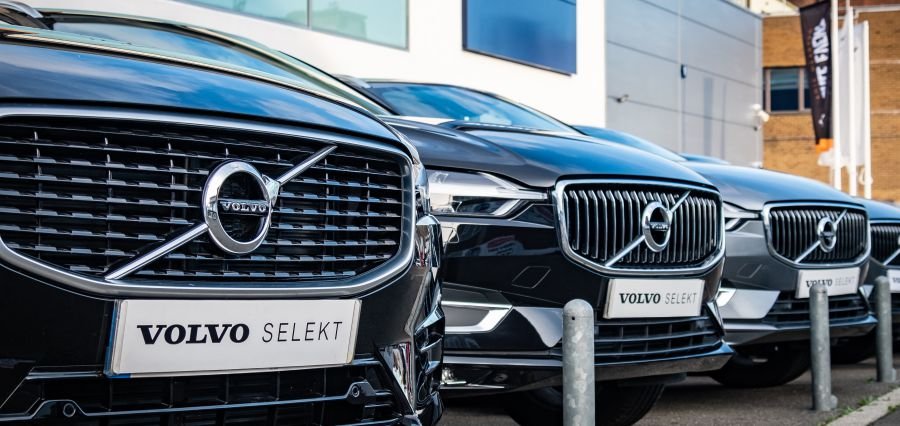Prime Highlights
- Volvo Cars reduced Q1 2025 operating profit considerably and launched a cost-reduction program of $1.87 billion.
- It is speeding up restructuring, leadership reorganisations, and new EV roadmap to take advantage of the momentum.
Key Facts
- Operating profit decreased to 1.9 billion Swedish crowns from 4.7 billion in Q1 2024.
- Volvo suspended financial guidance for two years owing to uncertainty regarding economies.
Key Background
Volvo Cars began 2025 on a challenging note with its first-quarter report indicating that financial pressures are mounting. Its operating profit fell to 1.9 billion Swedish crowns from 4.7 billion in the comparable prior-year period. Declining demand for electric vehicles (EVs), rising tariffs, and unstable global economic trends are the primary causes of the decline.
As a result of the sudden profitability fall, Volvo Cars unveiled an 18 billion Swedish crown ($1.87 billion) cost-saving plan. The extremely ambitious plan has far-reaching operation restructuring, employee layoffs, and reduced investment proposals. Its aim is to remain profitable and competitive in the fast-developing motor vehicle sector.
Strategy pivoting was also due to rebalancing leadership. Former CEO Hakan Samuelsson took the position back, ousting Jim Rowan, the change in keeping key strategies at the top of the agenda. The firm under such leadership is remaking priorities to profit, electrification, and localisation. The firm also reinstated a two-year finance model, change in incredulity of provided market conditions.
Despite the cash pinch, Volvo retail sales performance was strong. The group recorded 12% year-on-year retail sales growth in Q1 with March recording a new all-time record for monthly sales. Encouragingly, gross margins on battery electric vehicles were 16% in Q1 compared to 13% in the last quarter as improving efficiencies and EV transformation took hold.
There are still delays. Polestar is still in the red, and foreign exchange headwinds and disappointing contract manufacturing trim revenues. Also, Volvo rewrote its earlier target of going electric-only by 2030 to a more realistic mix of plug-in hybrids and mild hybrids. The fiddling indicates how difficult the company is in adapting to changing consumer trends and regulatory landscapes.
Read More: Ali Partovi’s Neo Revolutionizes Venture Capital with Talent First Approach




